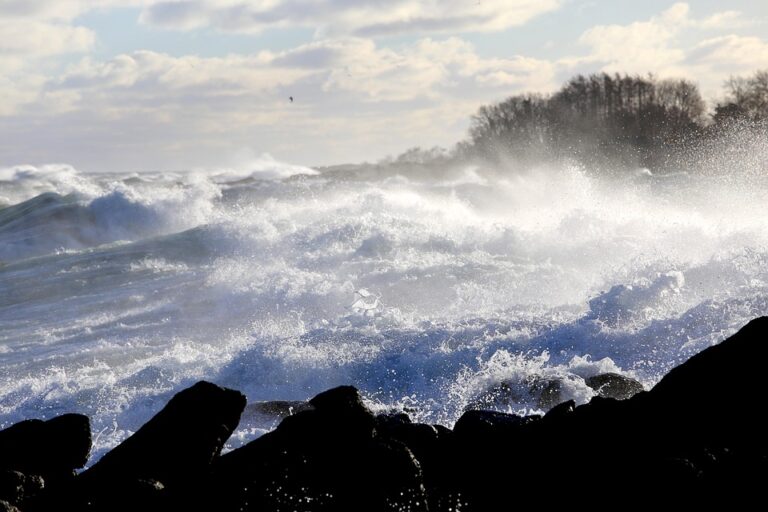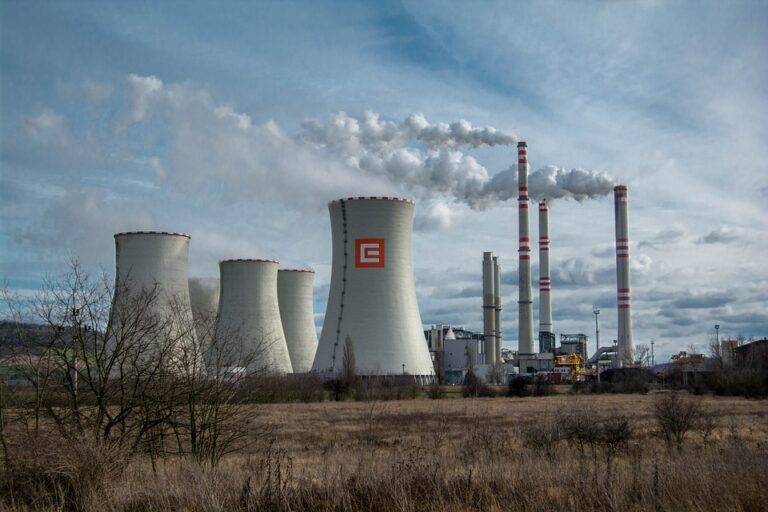Understanding Hail Formation: A Fascinating Meteorological Phenomenon

Hail is one of nature’s most intriguing meteorological phenomena. From its sudden formation in stormy skies to its dramatic descent upon Earth, hail captivates both scientists and the general public alike.
The Basics of Hail Formation
Hail is a type of solid precipitation that consists of balls or irregular lumps of ice, known as hailstones. Unlike other forms of precipitation, such as rain or snow, hail forms exclusively within thunderstorm clouds, particularly those with strong updrafts. The process begins with the presence of supercooled water droplets within the cloud.
The Role of Thunderstorm Clouds
Thunderstorm clouds, or cumulonimbus clouds, are towering structures that can reach heights of over 12 miles (20 kilometers). These clouds contain both updrafts and downdrafts, which are crucial for hail formation. Updrafts are upward-moving air currents that carry warm, moist air into the higher, cooler regions of the cloud. As the air rises, it cools, and the moisture condenses into water droplets.
Supercooled Water Droplets
Within the upper reaches of the cumulonimbus cloud, the temperature can drop well below freezing. However, due to the purity of the water and lack of nucleating particles, these droplets remain in a liquid state even at temperatures as low as -40°F (-40°C). This phenomenon is known as supercooling.
The Growth of Hailstones
The journey from supercooled droplets to fully-formed hailstones involves several stages, each influenced by the dynamics within the thunderstorm cloud.
Nucleation and Initial Growth
The formation of a hailstone begins when a supercooled droplet comes into contact with an ice nucleus, such as a dust particle or another ice crystal. This contact prompts the droplet to freeze instantly, forming a small ice pellet. As this pellet is carried upward by the storm’s updraft, it collects additional supercooled droplets, which freeze upon contact, causing the hailstone to grow layer by layer.
Updrafts and Hailstone Size
The strength of the updraft plays a significant role in determining the size of the hailstones. Stronger updrafts can suspend hailstones for longer periods, allowing them to continue collecting supercooled droplets and growing larger. Conversely, weaker updrafts may not provide sufficient lift, resulting in smaller hailstones.
Layering and Complexity
Hailstones often exhibit a layered structure, much like the rings of a tree. This layering occurs due to the varying temperatures and humidity levels within the cloud. As a hailstone travels through different regions of the cloud, it encounters conditions that cause the layers to freeze at different rates, creating a complex internal structure.
Factors Influencing Hail Formation
Several environmental and atmospheric factors influence the likelihood and intensity of hail formation.
Geographic and Seasonal Factors
Hail is more common in certain geographic regions and during specific times of the year. Areas known as “hail alleys,” such as the Great Plains of the United States and parts of Australia, experience frequent hailstorms. These regions are characterized by the convergence of warm, moist air from lower latitudes and cool, dry air from higher latitudes, creating ideal conditions for thunderstorm development.
Wind Shear
Wind shear, or the change in wind speed and direction with altitude, is another critical factor. Strong wind shear can enhance the development of severe thunderstorms by promoting the tilting and rotation of updrafts. This rotation can increase the duration and intensity of the updraft, supporting the formation of larger hailstones.
Atmospheric Instability
Atmospheric instability, which occurs when warm air is trapped beneath cooler air, can also contribute to hail formation. This instability provides the energy needed to fuel the powerful updrafts within thunderstorms, increasing the likelihood of hail.
The Impact of Hailstorms
While the science behind hail formation is fascinating, it is equally important to understand the impact of hailstorms on the environment and society.
Environmental Effects
Hail can cause significant damage to crops, vegetation, and wildlife. Large hailstones can strip leaves from trees, damage fruits and vegetables, and even injure or kill animals. The environmental impact of hailstorms can lead to economic losses for farmers and disruptions in local ecosystems.
Damage to Property
Hailstorms are notorious for causing damage to property, including homes, vehicles, and infrastructure. Roofs, windows, and siding are particularly vulnerable to hail damage, and repairing or replacing these can be costly for homeowners.
Economic Implications
The economic implications of hailstorms extend beyond property damage. Insurance claims related to hail damage can lead to increased premiums for policyholders. Additionally, businesses may experience interruptions due to damaged facilities or equipment, resulting in loss of revenue.
Inspiring Resilience and Preparedness
Understanding hail formation and its impacts can inspire resilience and preparedness in communities prone to hailstorms. By investing in research, technology, and infrastructure, we can mitigate the effects of hail and protect vulnerable populations.
Advancements in Weather Prediction
Meteorologists continue to make strides in improving hailstorm prediction and monitoring. Advanced radar technologies and weather models allow for more accurate forecasts, giving communities the opportunity to prepare and respond effectively to impending storms.
Building Resilient Structures
Innovations in building materials and design can reduce the vulnerability of structures to hail damage. Impact-resistant roofing materials and reinforced windows can help protect homes and businesses from the destructive forces of hail.
Community Education and Awareness
Educating communities about the risks associated with hailstorms and the importance of preparedness can empower individuals to take proactive measures. This includes understanding weather alerts, having emergency plans in place, and knowing how to protect property and personal safety during a hailstorm.
Conclusion
Hail formation is a remarkable natural process that highlights the complexity and power of our planet’s weather systems. By delving into the science behind hail and understanding its impacts, we can foster a greater appreciation for the intricacies of our environment and work toward a more resilient future.
Whether through advancements in technology or community education, our efforts to comprehend and adapt to hailstorms demonstrate the enduring human spirit in the face of nature’s challenges.






